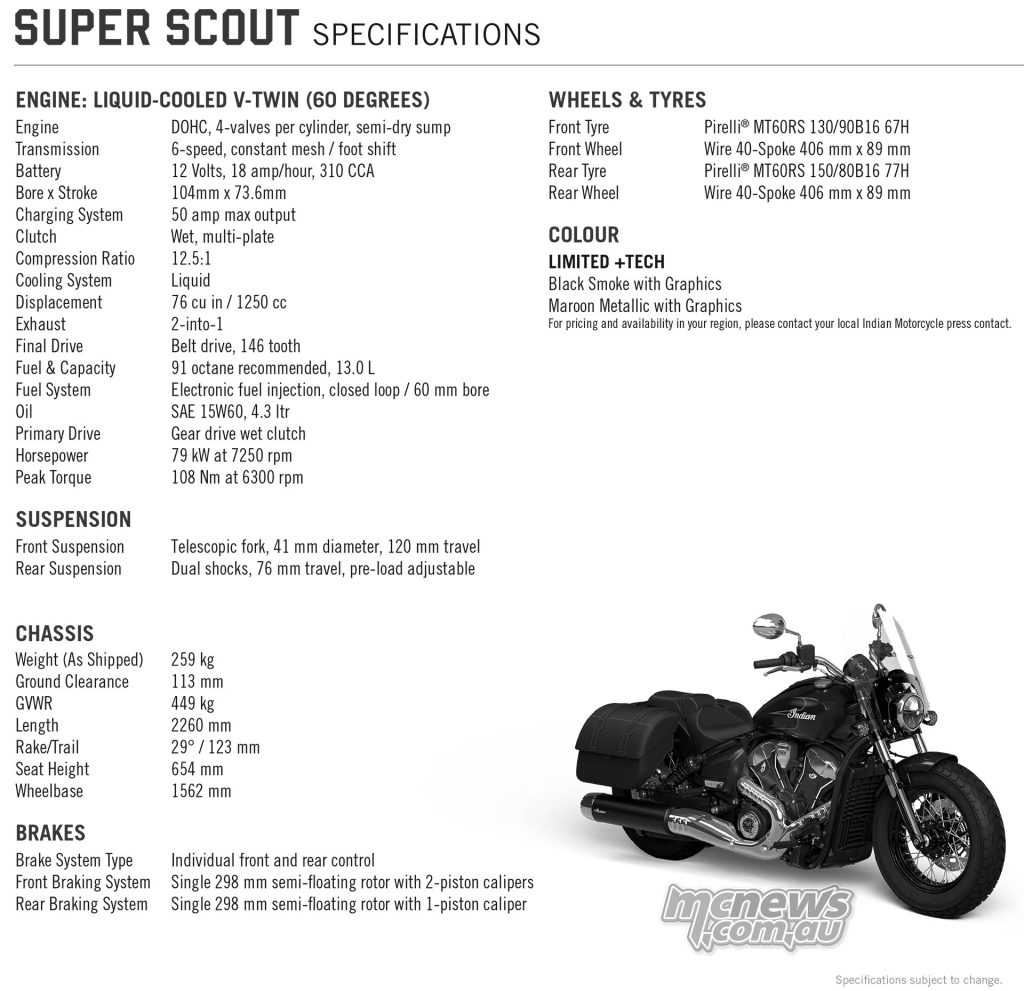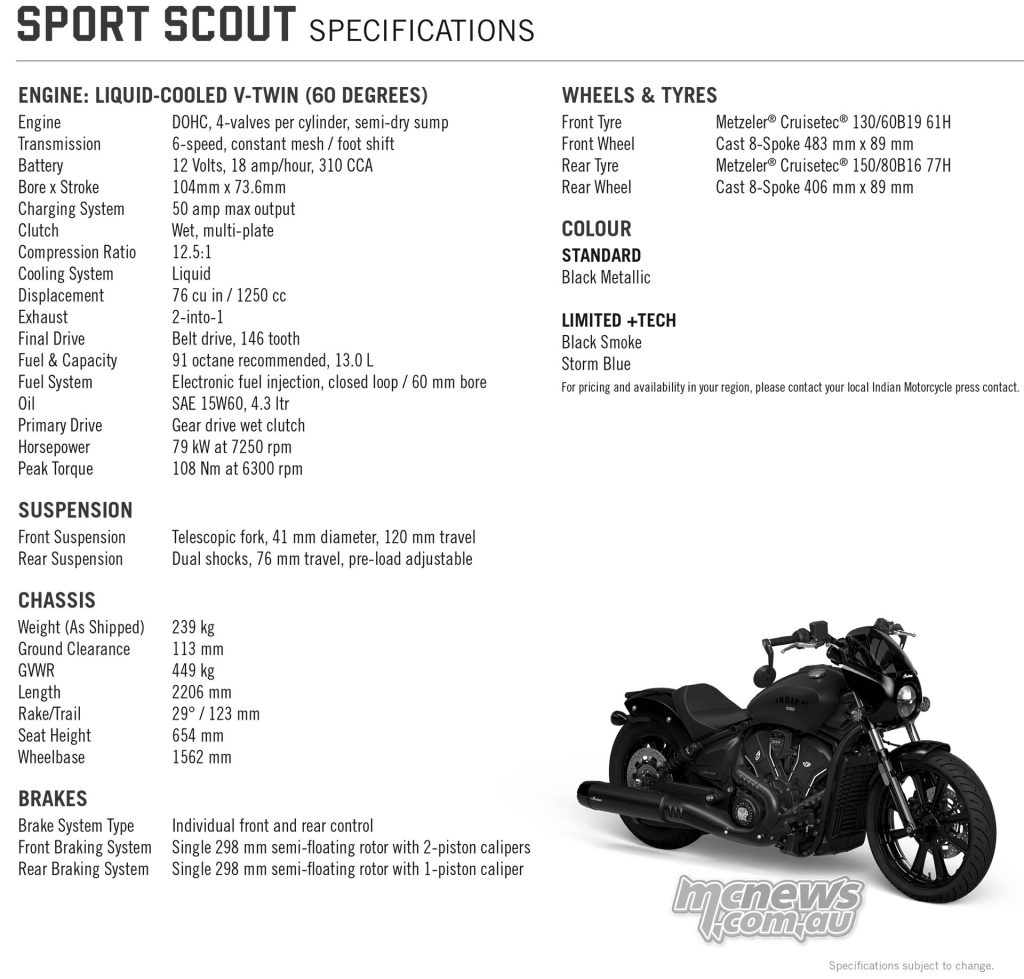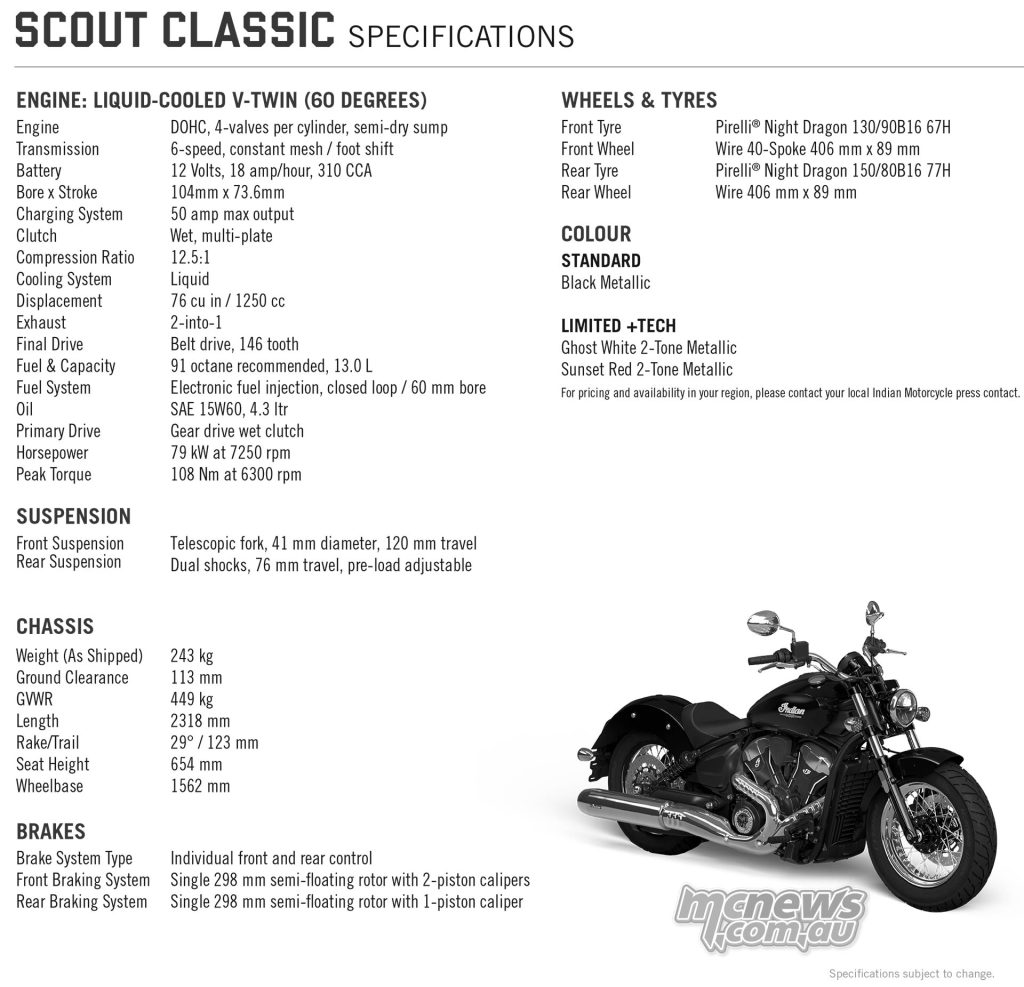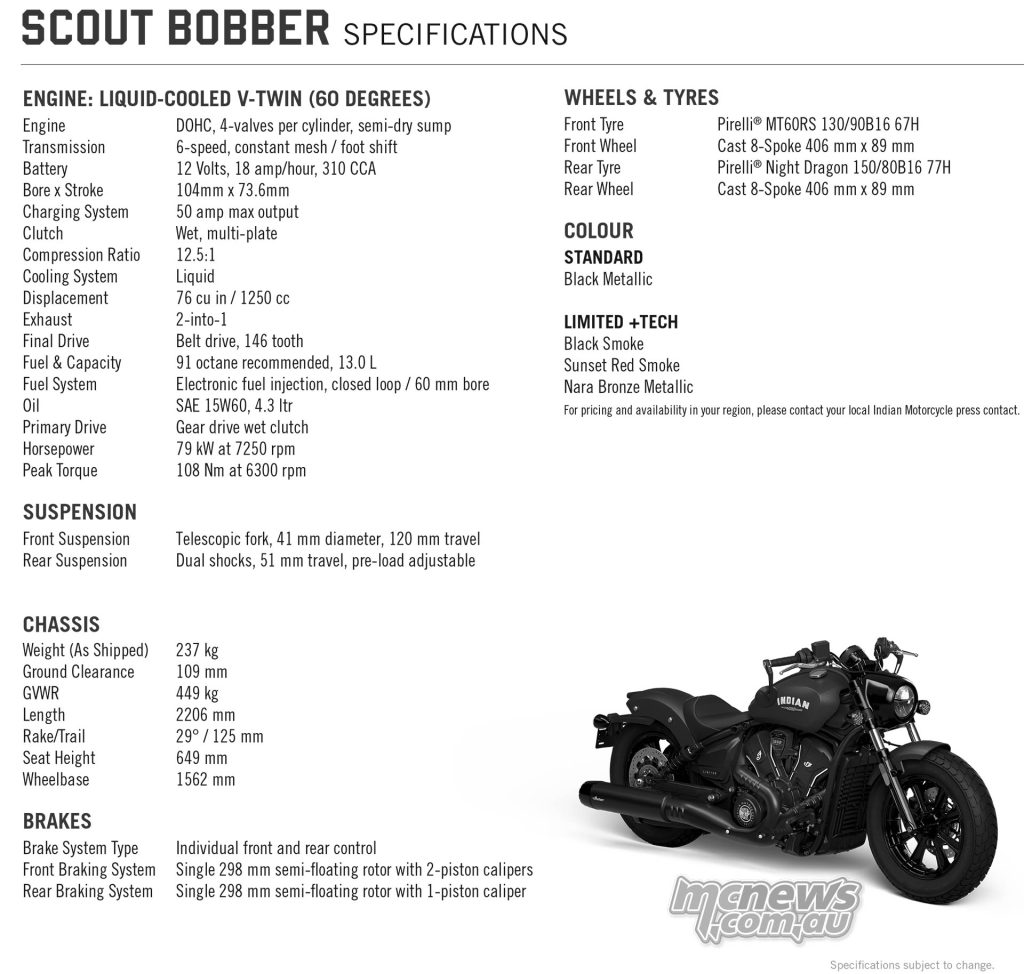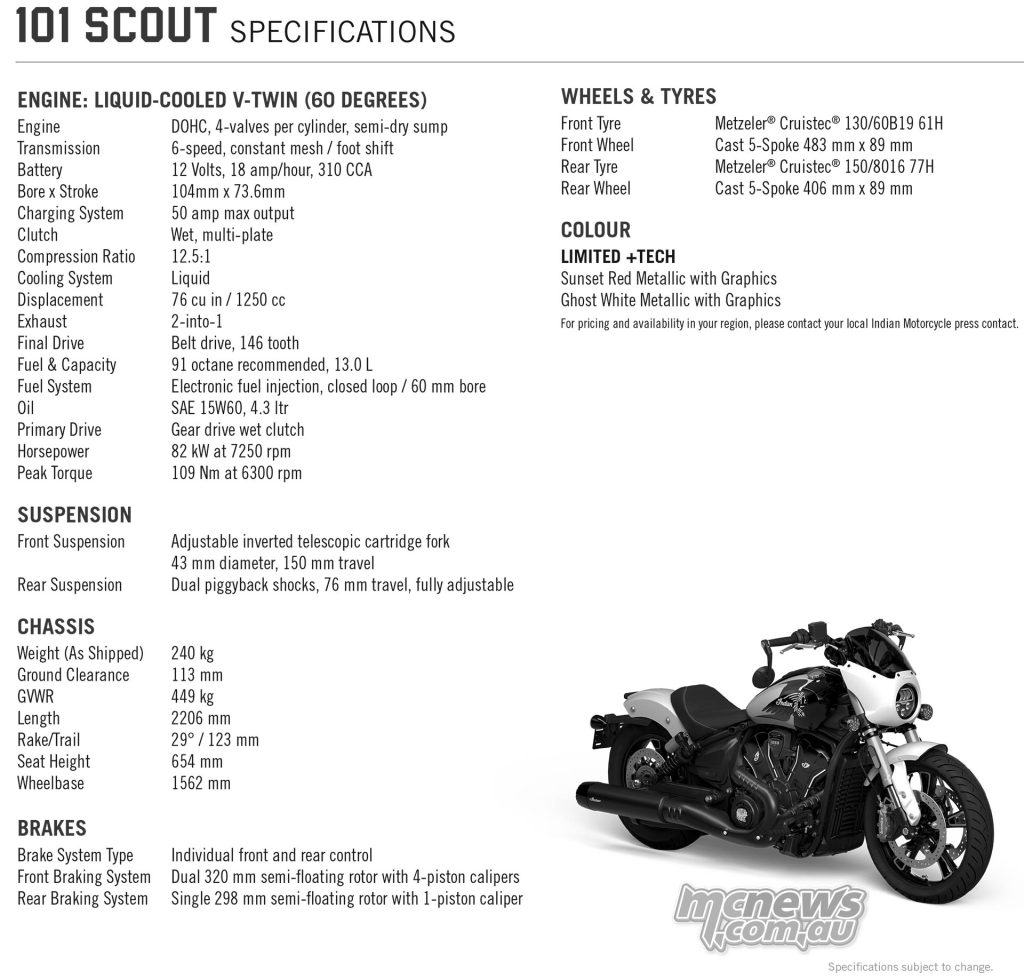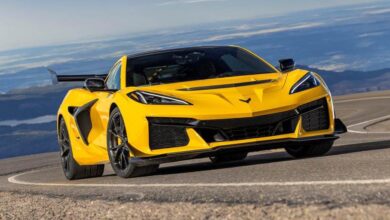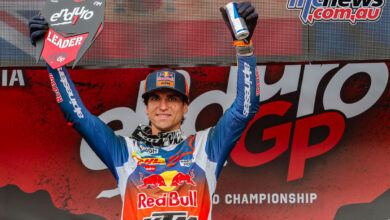New Indian Scout range reviewed | Motorcycle Test
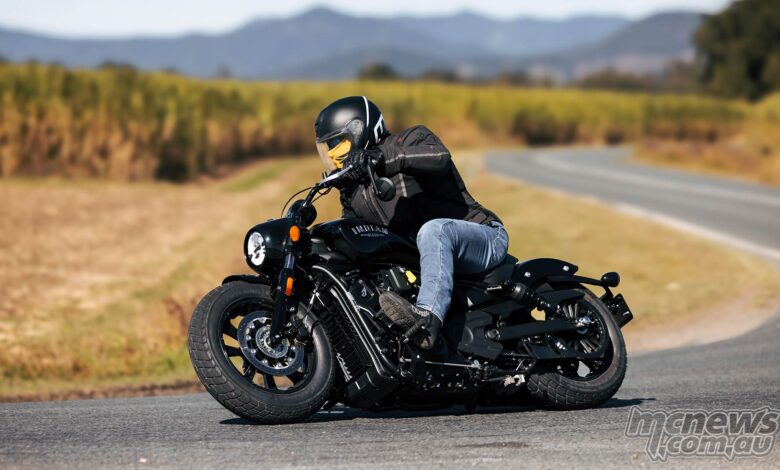
Indian Scout Review
The Scout is Indian’s most successful bike. It has sold more than 100,000 around the world, and there are some very good reasons for this.
Primarily, it’s a very user-friendly bike to ride. It’s low seat-height, responsive engine, and that ephemeral American V-Twin cachet resonates with a lot of people.
I have always liked them, but from a distance. For me, they were just a little too small, ergonomically compromised, and lacked the brakes, suspension, and handling if I wanted to push on a bit. Clearly, I wasn’t the typical Indian Scout customer.
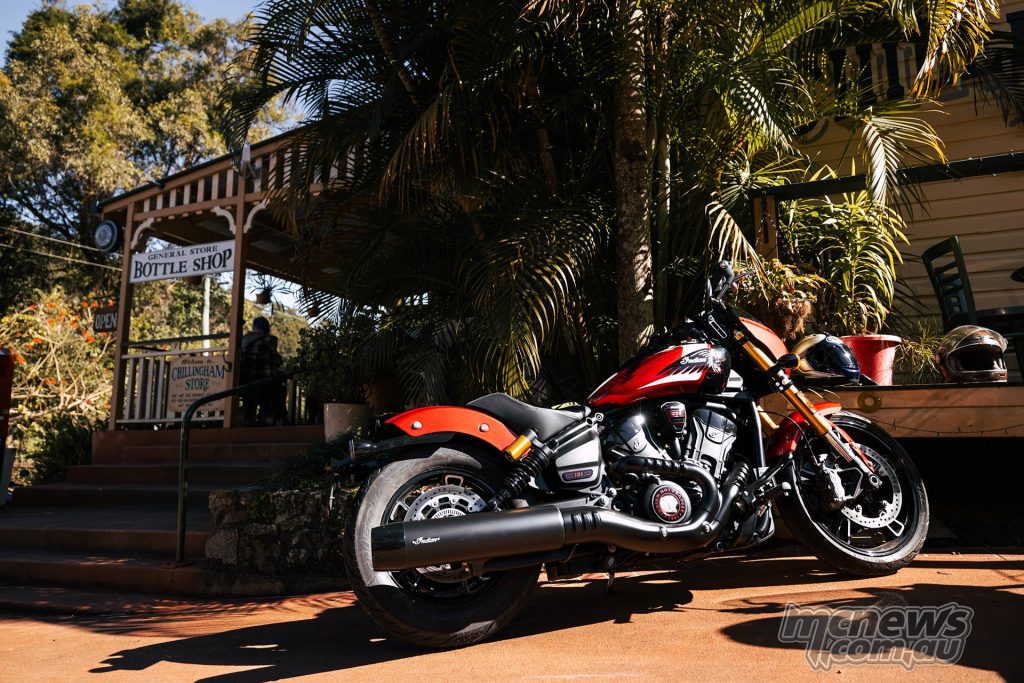
Sure, the engine was good, the gearbox sound, the level of finish excellent, and it wasn’t outrageously priced. But Indian’s most iconic model, endorsed by the great Burt Munro upon the sacred speed-salt of Bonneville, was not for me.
That has changed, because its brand-new Scout 101 variant has addressed every misgiving I previously had. And if you needed a lesson in how one platform can offer five different riding experiences, this is it right here.
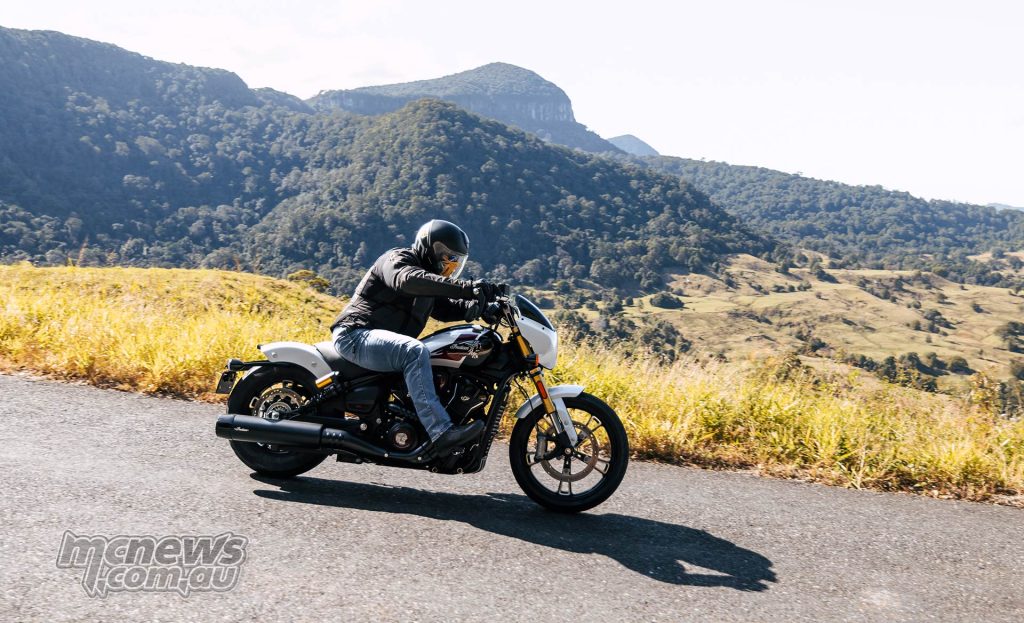
Let’s start with a brief overview which applies to all five variations. Firstly, there’s the all-new engine which has been increased in capacity from 1133 cc to 1250 cc. The new donk produces 17 per cent more power (now 79 kW at 7250 rpm) and 12 per cent more torque (now 108 Nm at 6300 rpm) on a flatter curve.
The engine’s appearance has also undergone a complete facelift, and to my eye, looks much better than its previous incarnation.

Also gone is the old aluminium frame. There’s an all-new steel jobby, which also recreates the unique S-line curve that every Scout’s profile has always had – which is the shape made by the frame down-tube as it makes its way from the steering head down the front of the bike and under the engine.
Interestingly, Indian cites the reason for the new steel frame is the high rate of customisation its research has shown Scouts are subject to. The Japanese modify 70 per cent of the Scouts they buy, and if you’re a wild Aussie biker-child of the ’70s and ’80s, you’ll know that angle-grinders and gas-axes went really well with beer, mates, and motorcycles in those halcyon days.
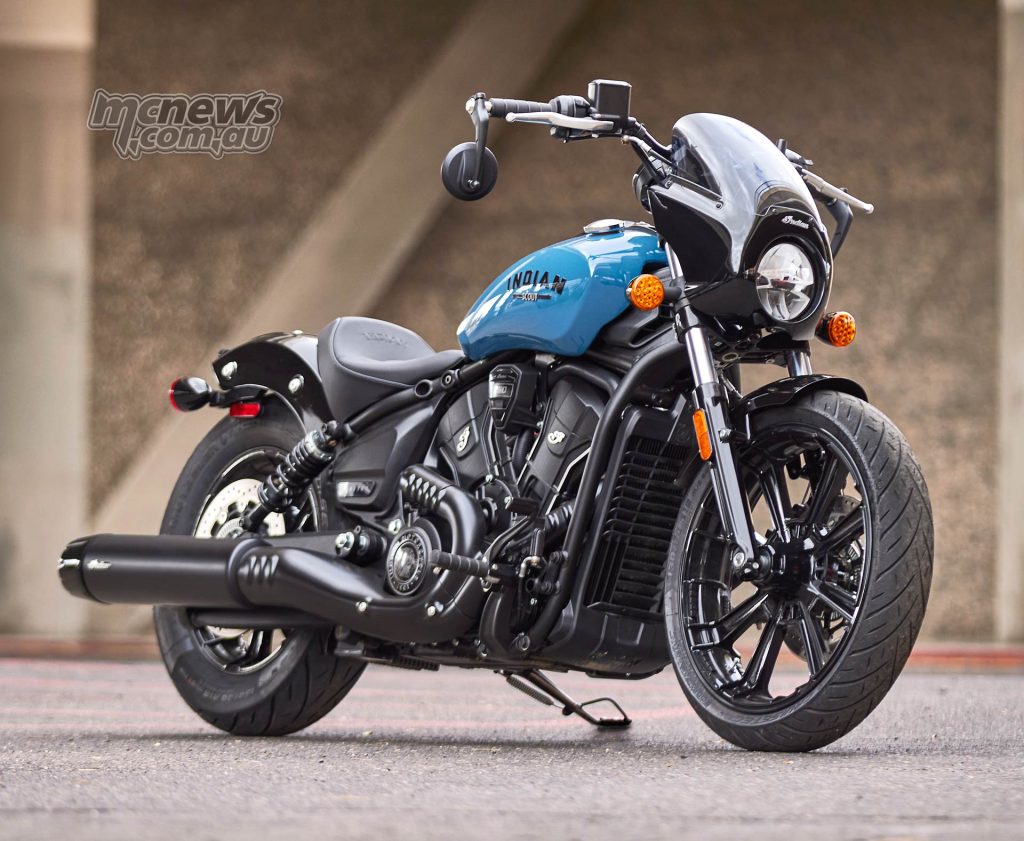
This is not the case anymore thanks to the fanatical safety legislation Australia has been enacting over the last two decades, which will see you sentenced to a 20-years hard labour if your handlebars are a centimetre too high, and shot out of hand if you dare attempt anything like a six-inch-over front-end on a rigid frame. But other countries are much more civilised in that regard.
The new Scouts also boast a new suite of electronics, with some variations depending at which end of the new range you’re shopping, but I thought its new navigation system was pretty cool. It’s not that basic turn-by-turn stuff you’ll get on other bikes.

The Scout’s big round four-inch dial offers you proper maps just like you get from Google. It’s inbuilt into the system, so there’s no need to pair your smartphone to the bike. You don’t get this as standard on the base models (Bobber, Classic, Sport), but you do on the Super Scout and 101.
But, and this is a big important ‘but’, you are able to configure any variant – and there are five; the Bobber, the Classic, the Sport, the Super, and the 101 – with anything from any other variant. So if you want the Classic’s spoked wheels on your Bobber, it’s a simple fit. If you want the cool, fully adjustable front-end off the 101 (complete with Brembos), on your Super Scout, just tell the sales-person.
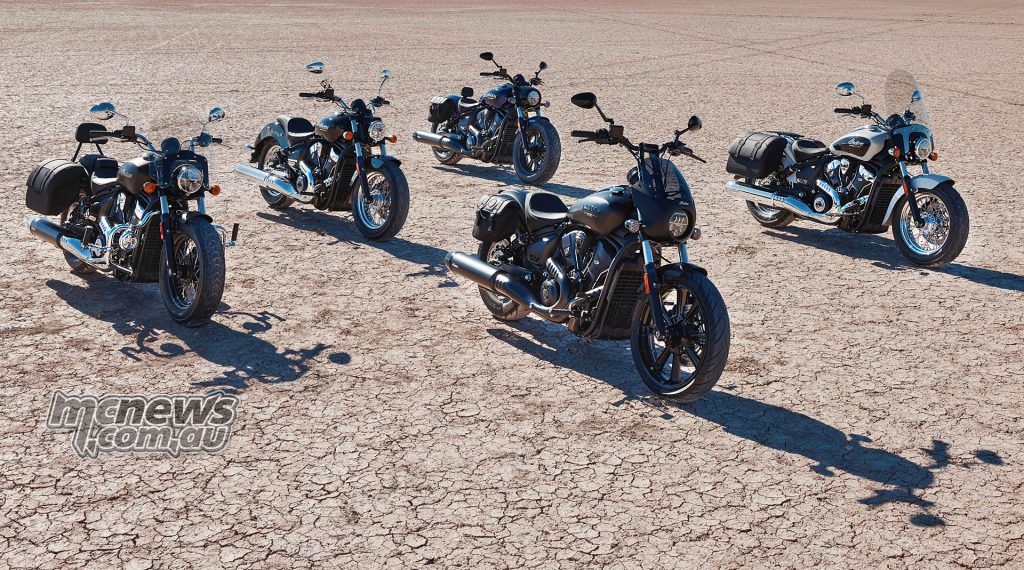
If you’re a little confused at this point, you’re not alone. I spent a lot of time at the launch asking the saint-level patient Indian staff which bike I was now sitting on. I could easily pick the immaculately-pleasing 101 (and spent most of my time on it), but my brain tilted when trying to pick the differences between the Bobber and the Sport. So maybe it’s time to address them individually…
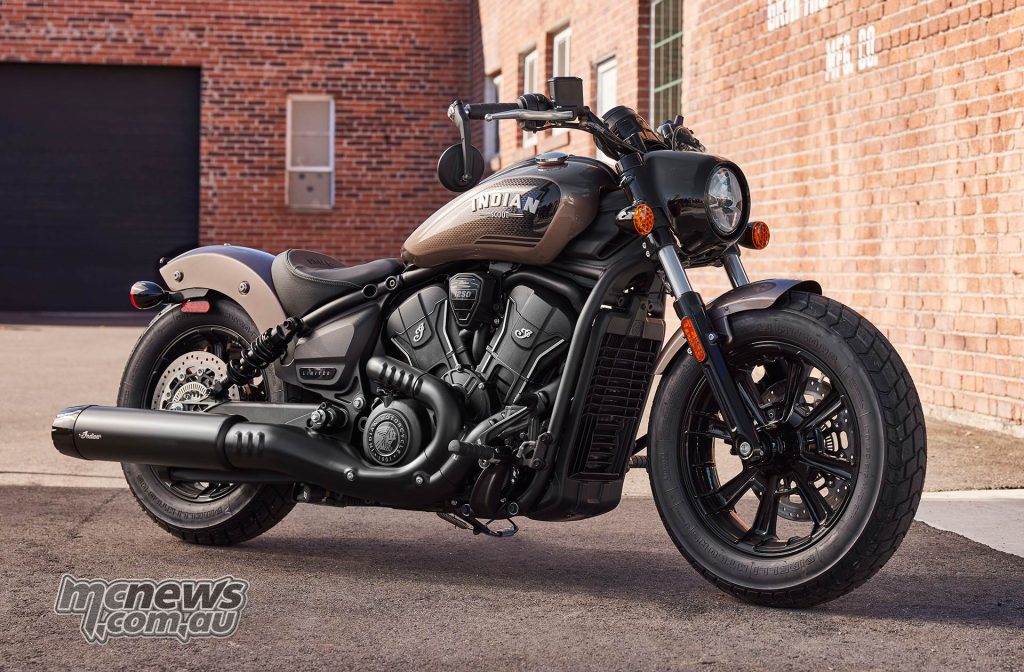
The Scout Bobber manifests with bobbed guards, swathes of black paint, a headlight nacelle, 16-inch alloy wheels, slammed suspension, bar-end mirrors and a single seat. The one I tried to ride had mid-mounted controls and drag ’bars, and it made me feel awkward, and huge, and very uncomfortable, given my knees were closer to my face than I would like.
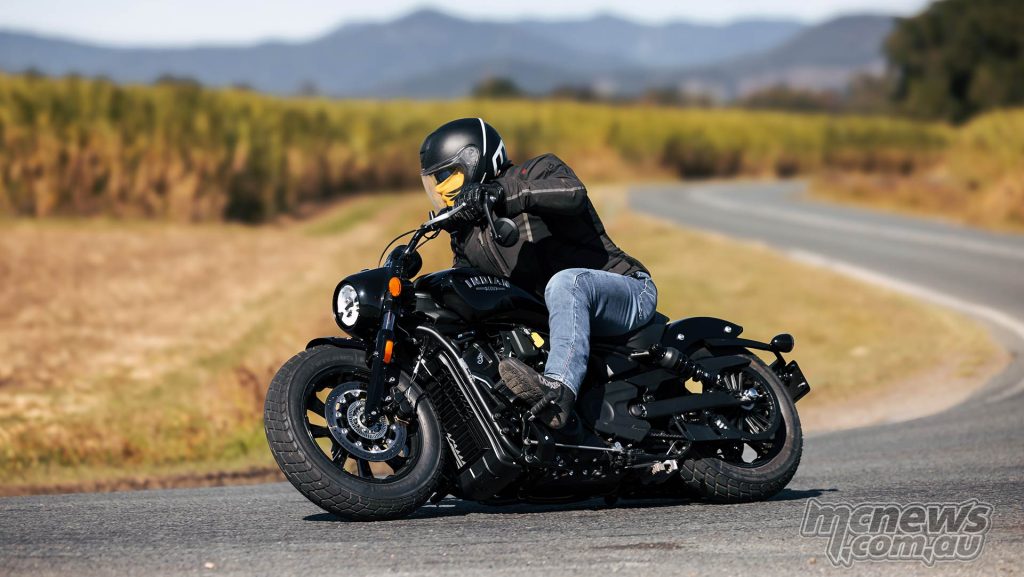
Certainly, a smaller and lither rider, who was less committed to keeping Cam Donald in sight, would have been fine, but that rider was not me. It steered like you’d expect a fat-tyred, 16-inch wheeled jigger with short suspension-travel to steer (ie. a good deal of terror on my part and sparks on its part). But that too was my fault, and maybe Cam Donald’s. It comes in four colours, three of which are variations of black, and one is a nice, muted red.
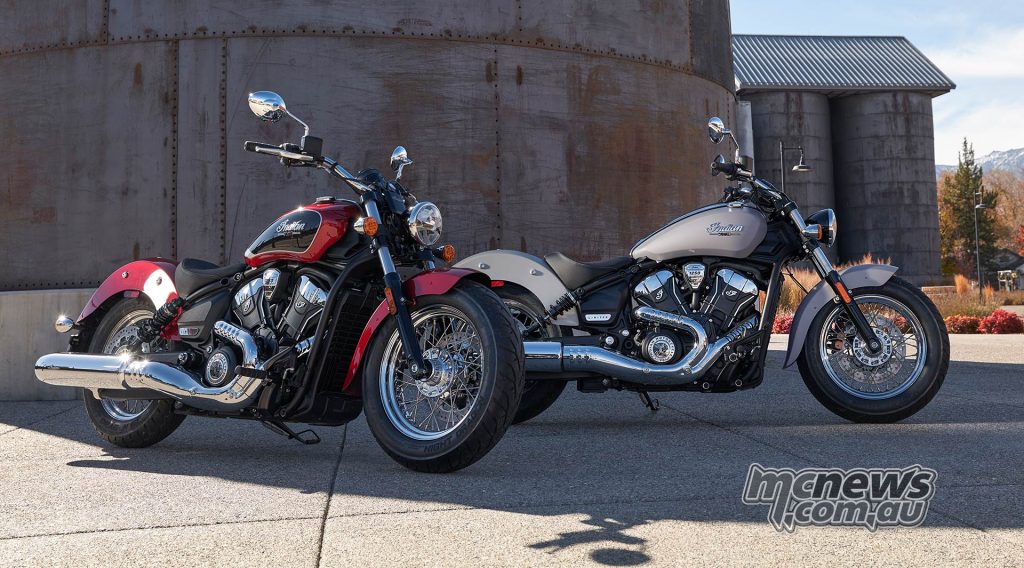
The Scout Classic offers you spoked wheels, longer guards, two-tone paint, a healthful serving of chrome, normal mirrors, nicely neutral feet-forward ergos, suspension with three-inches of travel for a plusher ride and a commensurately more comfy seat than the Bobber. There are three paint finishes on offer, two two-tone ones (white with black inserts and red with black inserts), and a full black metallic.
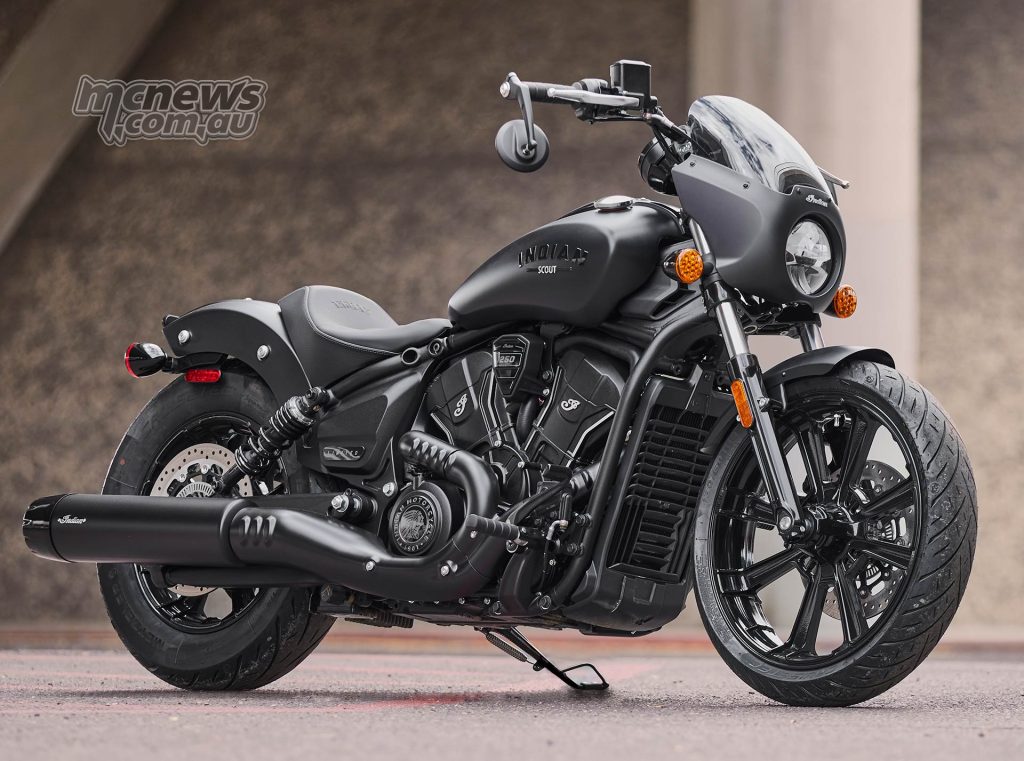
The Sport Scout I enjoyed very much, and that had everything to do with its ergonomics. This is a very much “sit-in” rather than “on” bike, like the Bobber and to some extent the Classic. The six-inch risers do that for you, and your arms are straight out in front, rather than down. You also get a 19-inch wheel, so it steers faster and cleaner, lots of black for added evil, a small fairing which looks pretty trick, and something referred to as a “sport” seat, but which means less padding and no pillion accommodation.
You get a much nicer bike silhouette, but your arse gets less cushion. It’s not at all uncomfortable because my arse is not made of bone and misery and I don’t like pillions, but if yours is and you do, just get a fluffier seat put on. It comes in black, light black and a deep blue.
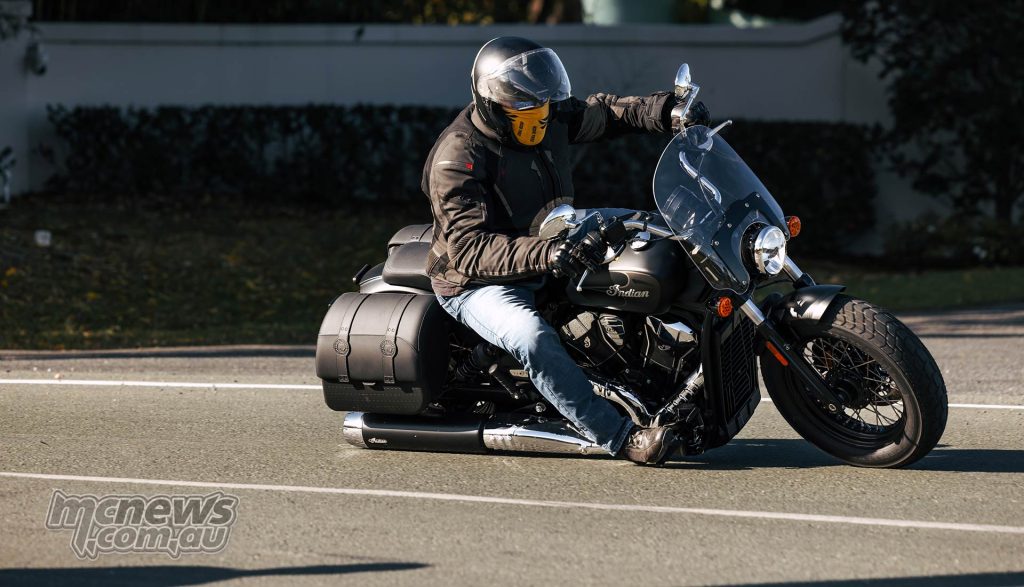
The Super Scout was created to compliment the bigger Super Chief. And the level of cute-overload for the hubby and wifey who might go this way is off the charts. Picture it… he is mounted majestically on the Super Chief, and she trails eagerly along on her Super Scout. It’s kismet.
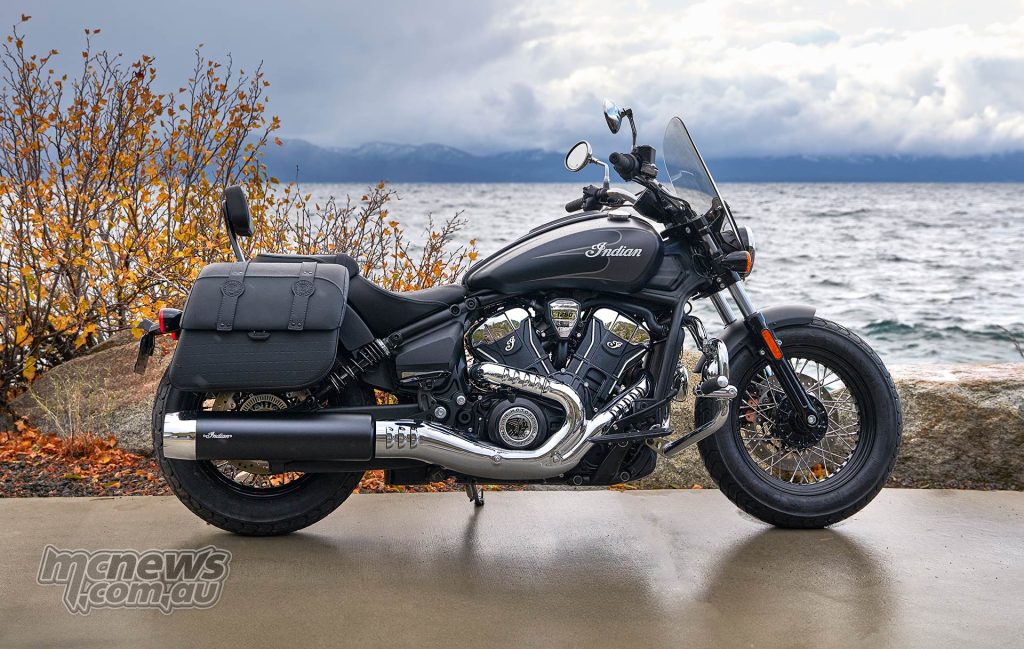
So, this is the touring iteration, and Indian’s made a bit of a fist of it – even if at first glance a Scout is not what you might term a Grand Tourer like the bigger Indians. Because maybe not everyone wants one of them big girls, right? The Super Scout comes with the plusher, longer-travel suspension, quality leather saddlebags (which might be big enough for a weekend away, but might not be for two weeks on the road), a windscreen, and spoked wheels. It’s offered in black or red.

Finally, there’s the 101, which traces it heritage back to what was once, from 1928 to 1931, called “the best Indian ever built”. And this is the one that captivated me. The motor has been hotted up to 111 horses (but only one extra Nm of torque), it comes with dual Brembos up front, and piggy-back reservoir shocks on the back. The front-forks are 120 mm upside-down units and both front and rear suspenders are fully adjustable.

Like the Sport Scout, this was a “sit in” bike, and it felt utterly “right” to me. I felt my total bad-arse was addressed. The difference in bang, suspension, and braking-power was immediately obvious and hugely engaging to ride and push a little harder. Obviously, this is the hot-rod. I found the paint quite stunning.
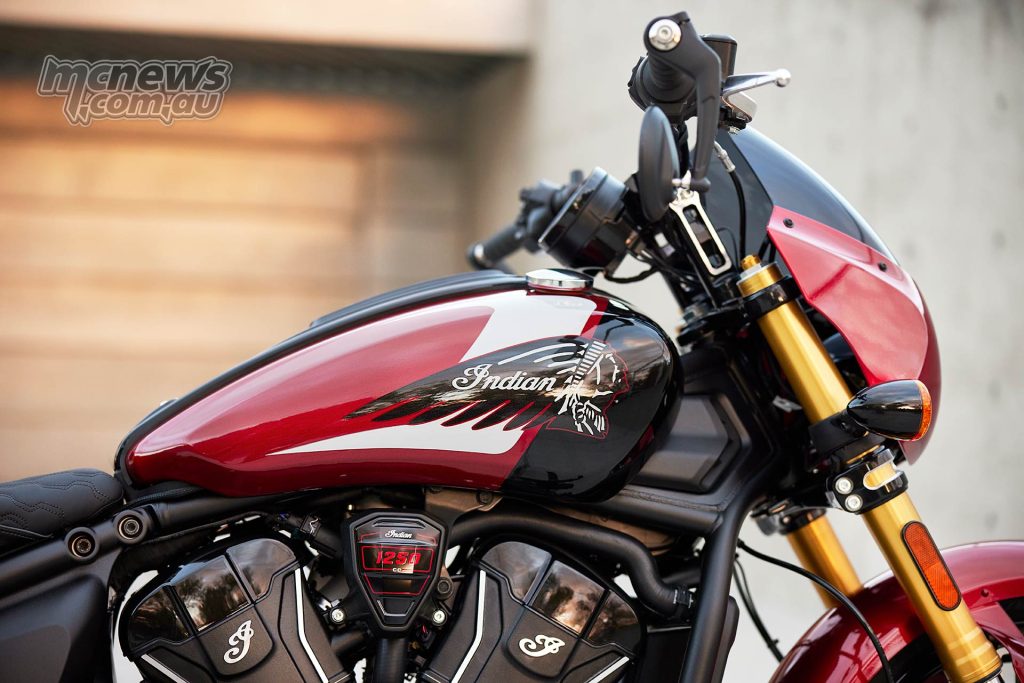
There are two options – a mainly red and a mainly white one, both come with black accents and unique graphics. The 101 is really quite a bit special. It rides better, it holds lines better, it brakes better – it’s just better, as it has to be.
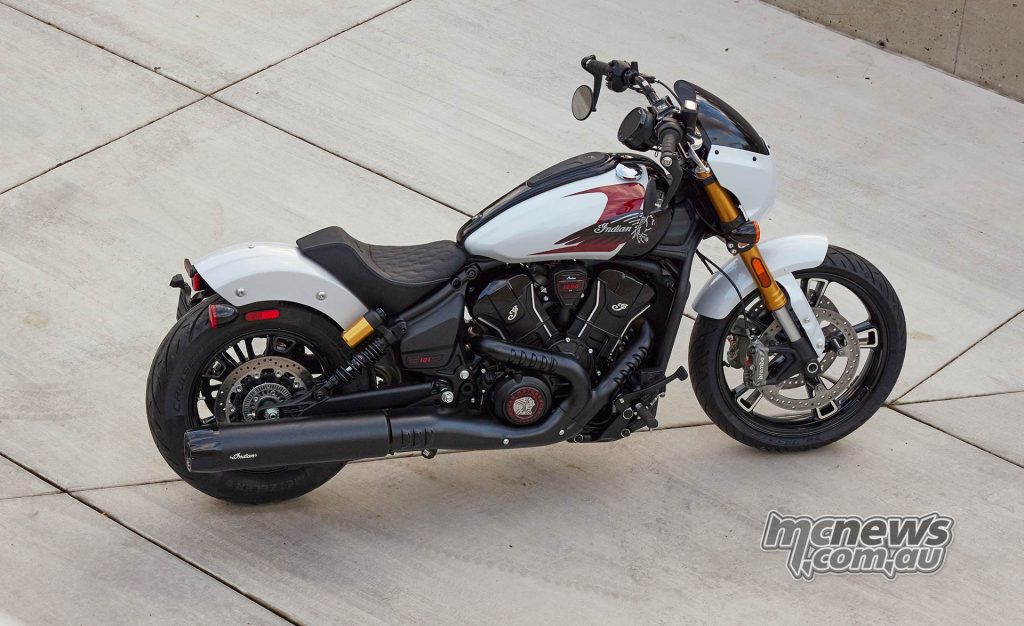
The five do vary a bit in weight, and none of them are what might be termed “light”, but then they’re cruisers, right? The lightest is the Bobber at 246 kg, then it goes Sport (248 kg), 101 (249 kg), Classic (252 kg), and Super (268 kg).
As expected, they all ride a bit differently, but they all, apart from the 101, share the same engine, and power outputs are the same. It’s an eager engine, spins up freely, and I felt it was geared a little high with top gear feeling like a real overdrive. I found myself changing down to fourth when idling along at 80 km/h.
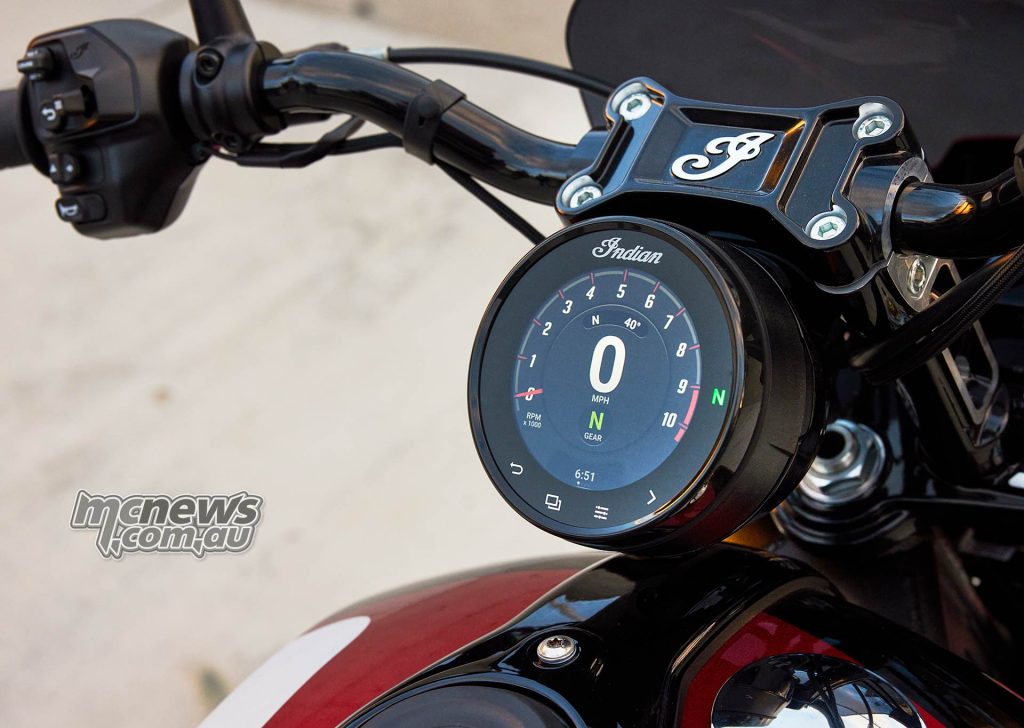
The big round dash can be configured in two different ways, but it’s a busy unit. It’s like Indian is wedded to a round dash because looks and tradition, and it’s cramming a lot of info into that space. But it’s bright and easy to read. There’s just a lot going on.
The tank holds 13 litres, so it’s half-a-litre bigger than the old fuel tank. But that’s enough, provided you’re not lashing the throttle like a lazy slave, to give you maybe an extra 30-odd-kay range. Yes, you may get to that magic 200 km per tank yet. Just be gentle.
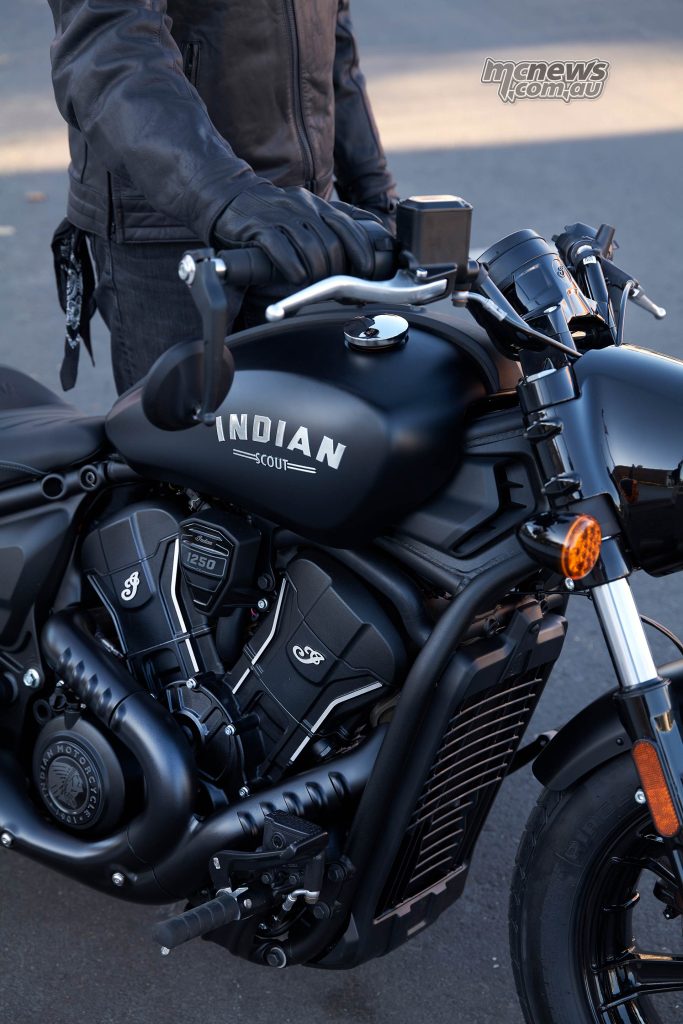
So, what failed to captivate me? Not a whole lot, but a few things did stand out. Firstly, the underslung ’bar-end mirrors were very cool-looking, but kinda pointless since the right one offered me nothing but a view of my sleeve unless I raised up my elbow or took my hand off the throttle. The left unit provided a rather obscured vision of what may be behind me and also worked better if I raised my elbow. This was no biggie, since both mirrors can be flipped from their underslung position to sit up, and that problem would be solved.
I found the side-stands to be mounted a little too far back for easy access, but here I am only considering people with hip issues. I was fine, because my hips are strong and move easily. I just had to learn where the stand was, because it’s not where you’d expect it to be.
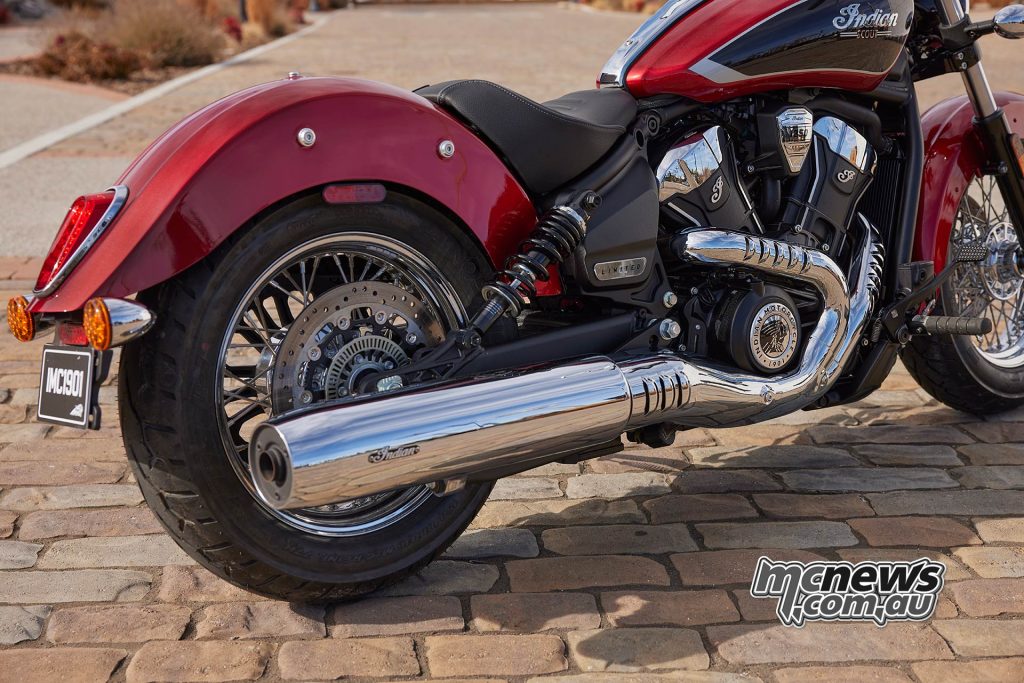
I also developed an early loathing of the standard mufflers on the bikes. Huge, stove-pipe-like constructions which only please the EPA Nazis and no-one else. I feel no right-thinking person would leave the showroom with stock pipes. They sound naff, and look awful. Indian is not to blame for this. It clearly understands its stock pipes will be rusting in dumpsters all over the world, and S&S already has much sexier options available.
And in terms of options, Indian has naturally ensured there’s a range of aftermarket goodies you can avail yourself of. Never mind that you can configure your Scout the way you want with bits you like off other Scouts. You can also change the handlebars, put risers on them, and enjoy a good range of semi-hard luggage, including tank bags.
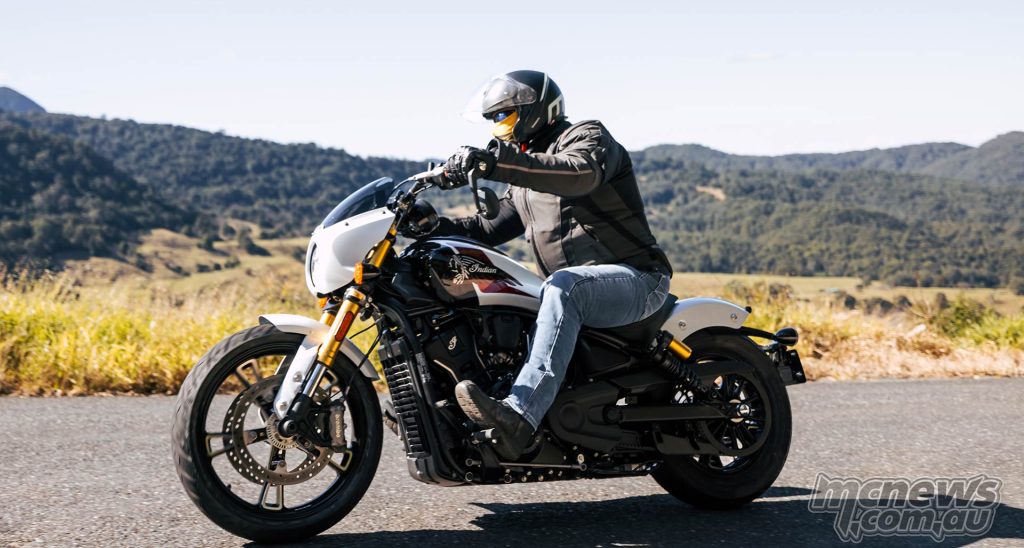
I feel Indian has come out swinging hard in the small cruiser segment – even though it feels strange to call a 1250 cc bike “small”. It’s only “small” in terms relative to the bigger Indian bikes, because its engine is not small at all.
And therein lies the Scout’s on-going popularity. It’s low to the ground, which gives riders lots of confidence at low speeds, and easy to ride when you just want to go for a cruise and smell the air. It’s well-sorted, well-finished, and quite fun to punt along.
It bangs harder than you might think. And if you need to get your mongrel on, then try the 101, which I think is the most important and most intriguing iteration of the new Scout range.
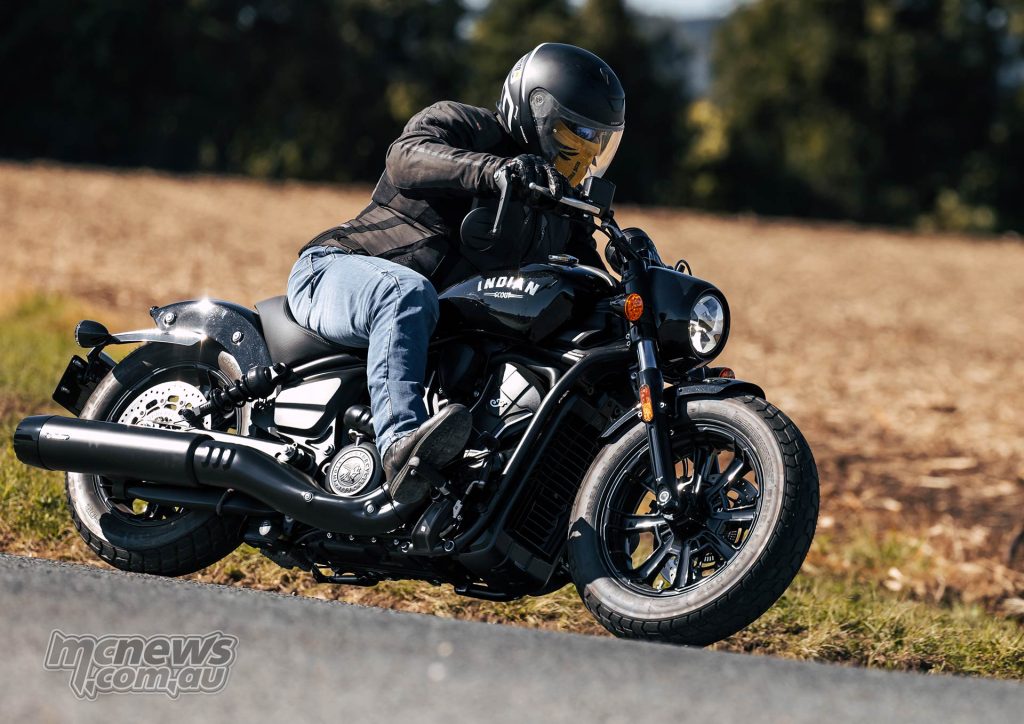
I like the Indian Scout range because
- It’s a proper all-new bike, and not just an electronic upgrade.
- The ability to swap bits from bike to bike to create the ride you want is gold.
- It offers a legitimate hot-rod in its range. The 101 is beaut.
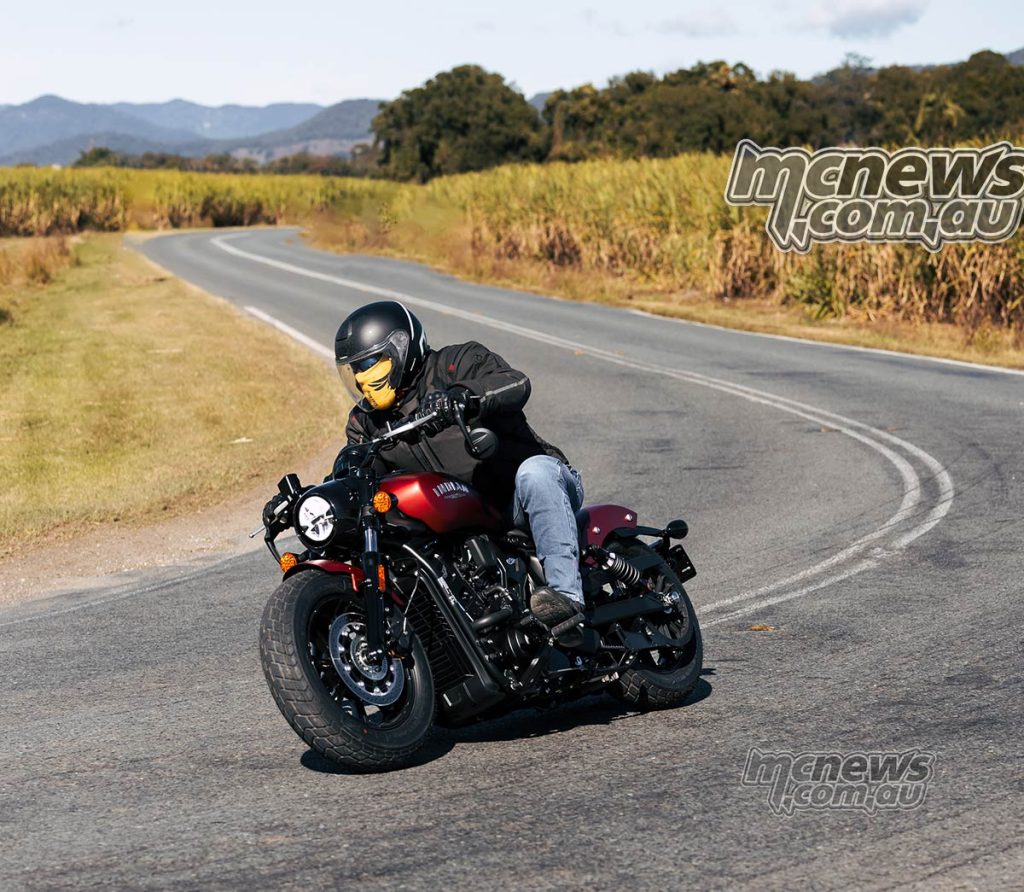
I’d like the Indian Scout range more if:
- The entire range had longer-travel suspension as a stock fitment.
- The side-stand was moved forward a few centimetres.
- The dash was less busy.
Indian Scout Pricing
- Scout Bobber base model – $22,995 ride-away
- Scout Classic base model – $23,495 ride-away
- Sport Scout base model – $23,995 ride-away
Note – if you want these models with the extra tech features that come standard on the Super Scout and 101, add an extra $2,000. - Super Scout – $26,995 ride-away
- Scout 101 – $27,995 ride-away
